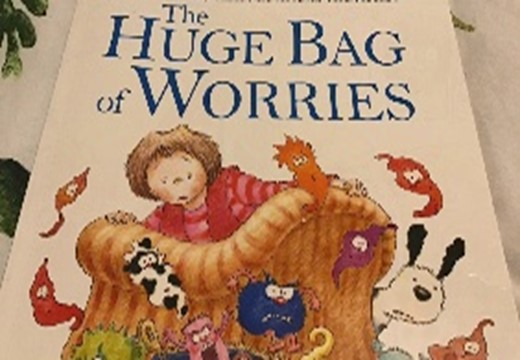Created on: 22 Dec 2020 | Last modified: 21 Apr 2023
HWB Focus: Mental and Emotional HWB, Relationships
Week 1
Look at the symbol of the rainbow – what has it come to mean over the last year? Why did people putting them in their windows? This clip might help as a starter https://www.bbc.co.uk/newsround/51953553 or https://www.bbc.co.uk/news/av/uk-england-leeds-52008155/families-decorate-windows-with-rainbows-to-cheer-people

Look at some of the messages which came from children to other countries – this clip looks at the origins of the rainbows and some of the messages - https://www.bbc.co.uk/news/av/uk-scotland-52117854/coronavirus-always-think-positively-we-are-all-with-you Ask the children to think about who they would like to send a message of hope to now. It might be a friend, a grandparent, the people in their neighbourhood or even a stranger in another country. What would the content of their message be?
Now ask the children to start composing the message and think about how they would like to send this – there are lots of different choices. They could design a card, record a message, draw a picture, record themselves singing a song at home or even play a piece of music. This would be a good opportunity to involve the whole family – record the message and send it to the chosen recipient.
How to grow a rainbow – https://melscience.com/US-en/articles/how-grow-rainbow-home/ As well as being a fun activity, this allows the children to explore the science behind different materials and how water travels through them.
Using the discussions about the colours of the rainbows – look at the artist Kandinsky and invite the children to create their own Kandinsky styled pictures – https://www.projeccom/kandinsky-art-for-kids-chalk-pastels/ or https://www.bing.com/images/search?q=kandinsky+for+kids&qpvt=kandinsky+for+kids&FORM=IGRE
Investigate how rainbows are formed - https://www.youtube.com/watch?v=Cm9ZkYTnCNE
Week 2
Build on discussions about feelings – what makes us happy, sad, angry, worried? Some children might be worried about Coronavirus and what is happening just now.
Listen to the story, ‘A Huge Bag of Worries’ by Virginia Ironside - https://www.youtube.com/watch?v=E7utCQYcuvo
Talk about the different types of emotions –help the children develop their recognition of different emotions in different people. This could be through looking at a range of different emojis and talking about what they mean. Alternatively, the feelings cards on websites, such as https://www.socialworkerstoolbox.com/feelings-cards-naming-feelings/, might be helpful in doing this. Invite the children to create their own Mood Emojis.
Make a worry monster with a big mouth so that it can eat up worries – the children might want to use junk modelling or even paper mache (recipe - https://www.bbcgoodfood.com/howto/guide/how-make-paper-mache) What will it look like? What is its name?
Encourage the children, with an adult, to make their own bubbles. A recipe can be found here with good instructions on how to make a bubble wand - https://wredtedart.com/bubble-recipe/?cn-reloaded=1
Now invite the children to take their bubbles and their monster outside and blow away those worries.
For those children who want to explore shape and bubbles a little more – parents/carers can bend coat hangers into different shapes. Explore whether the bubbles come out in the same shapes as the newly formed bubble wand. This encourages discussions about spheres, ovals, triangles and squares.
If the children want to try some meditation, they could use the You Tube Floating Bubble Meditation - https://www.youtube.com/watch?v=zxcJ8y7RcjU
Invite the children to think about who their trusted adults are and who they can talk to if they have a worry – they may want to make a card for their special person or send them a picture of them with their worry monster.
Write a story using the story opener – ‘Once upon a time a spaceship landed in my garden.’
Note in relation to the use of online resources
Where online resources have been referenced, access to the resource is currently free. In some cases, this may be for a limited period and members should monitor their engagement on this basis. All online references have been selected on an illustrative basis for the relevant potential learning activities. There may be other websites and platforms which will provide similar activities. In referencing these websites, the EIS does not endorse any advertisements shown on the page, the views of those presenting or the wider content of the website.